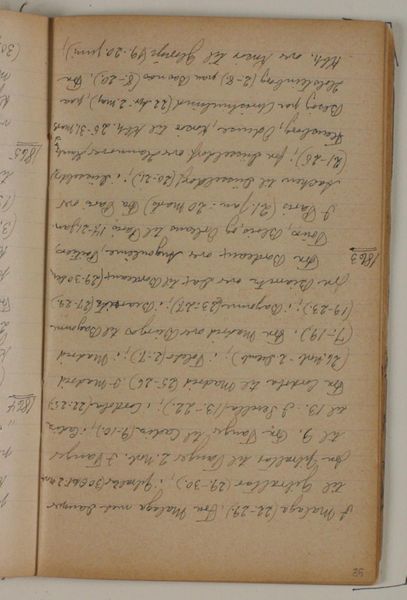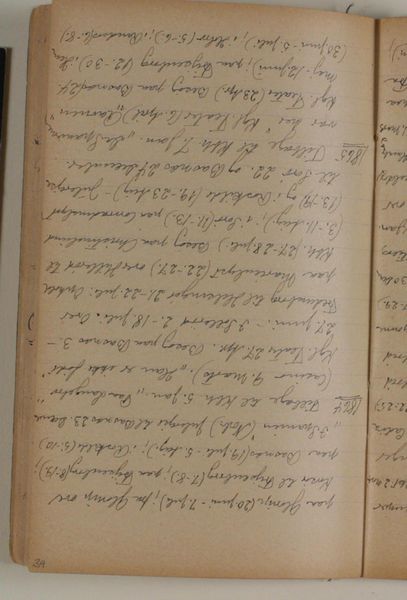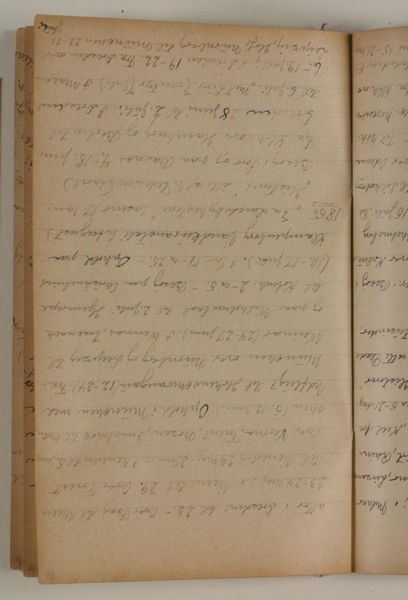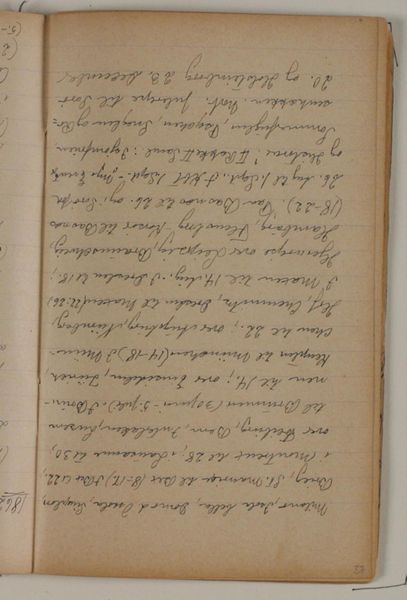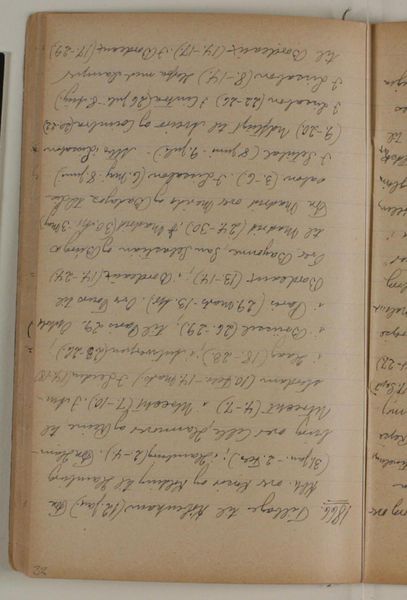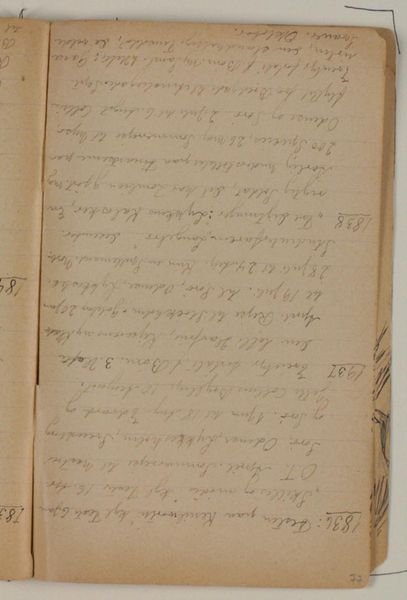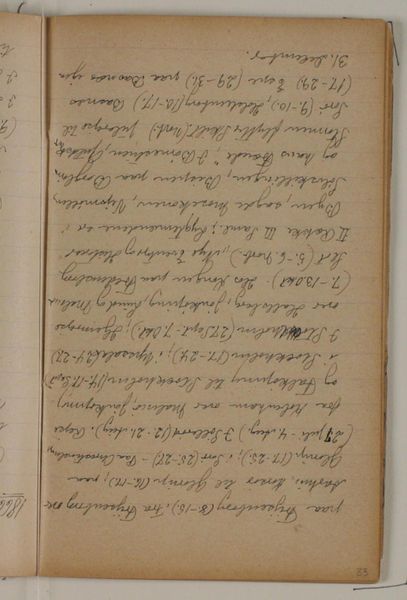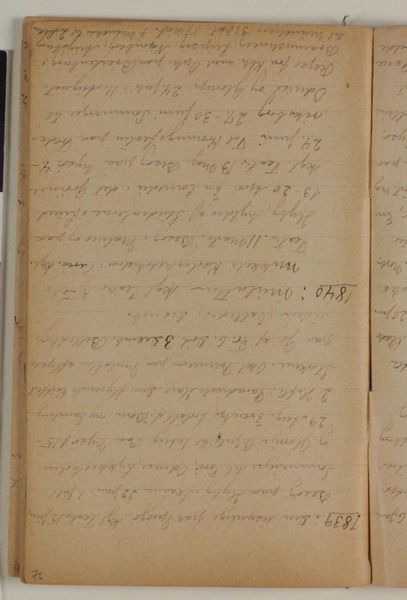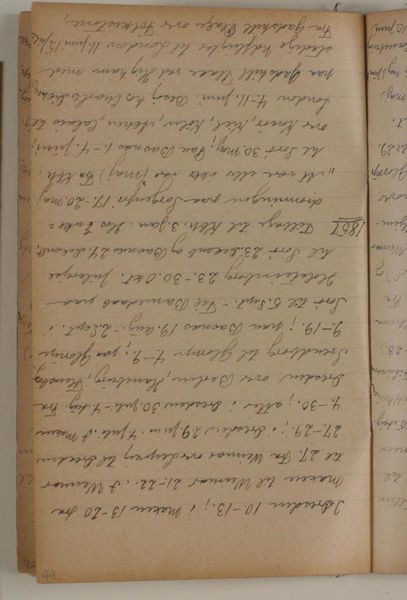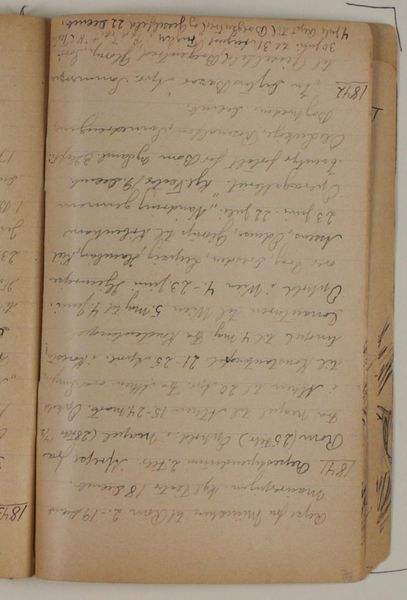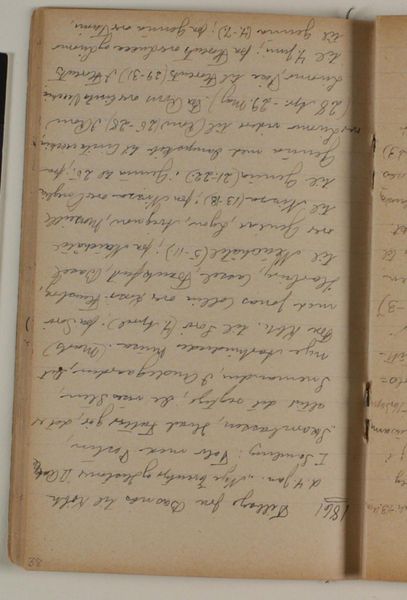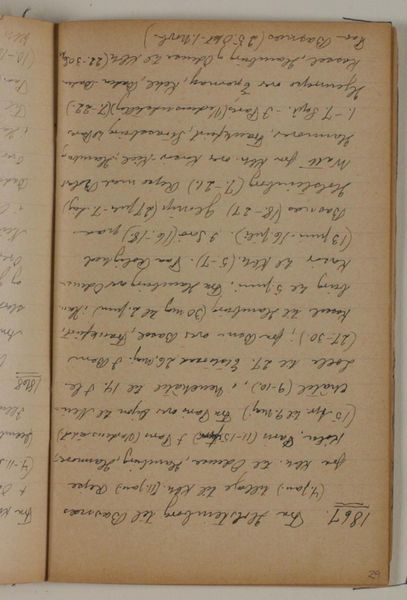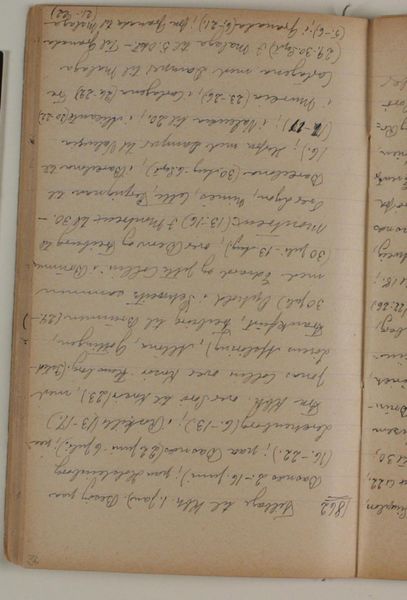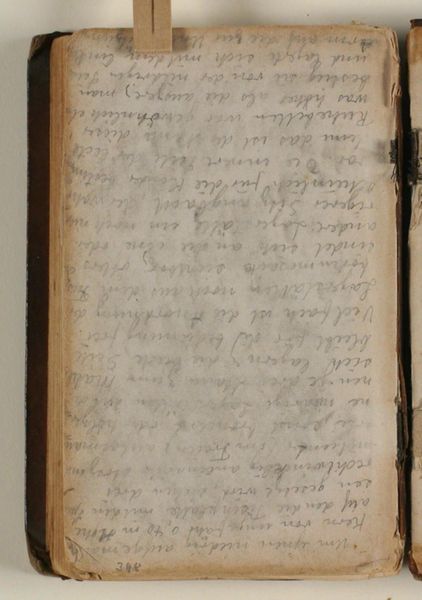
Tidstavle over H.C. Andersens liv 1866-1844 1930 - 1938
0:00
0:00
drawing, paper, ink
#
drawing
#
paper
#
ink
Curator: This piece, "Tidstavle over H.C. Andersens liv 1866-1844" by Niels Larsen Stevns, created between 1930 and 1938, really catches my eye. It's an ink drawing on paper, and at first glance, it feels like looking into a private journal. What strikes you about it? Editor: The handwritten nature is compelling. It feels very immediate, a direct connection to the artist's process. How do you interpret the material choices, ink on paper, for depicting a timeline of Hans Christian Andersen’s life? Curator: I find the artist’s choice of materials fascinating. Ink and paper are humble, everyday materials. In this context, they highlight the labor involved in creating a timeline. Instead of a grand oil painting, we see a painstaking, almost compulsive recording. Editor: So, you are saying the medium itself emphasizes the amount of work put in to compose the information of someone’s biography? Curator: Precisely. It's a subtle commentary on the act of documenting history itself, and the means of cultural production, focusing our attention on the human hand and its interaction with the medium. What implications does it have on who and what stories are told and who has agency in that moment? Editor: That’s a really interesting point! I hadn’t considered the commentary on the means of cultural production. I was so focused on the personal feel. Curator: And the two aren't mutually exclusive. By using such accessible materials, the artist democratizes the narrative, blurring the lines between formal biography and intimate record-keeping. Editor: I'm starting to see how focusing on materials can reveal so much more about an artwork’s context and intentions. Thank you for helping me see that! Curator: It's been a pleasure, showing that analyzing material processes offer so much insight.
Comments
No comments
Be the first to comment and join the conversation on the ultimate creative platform.
